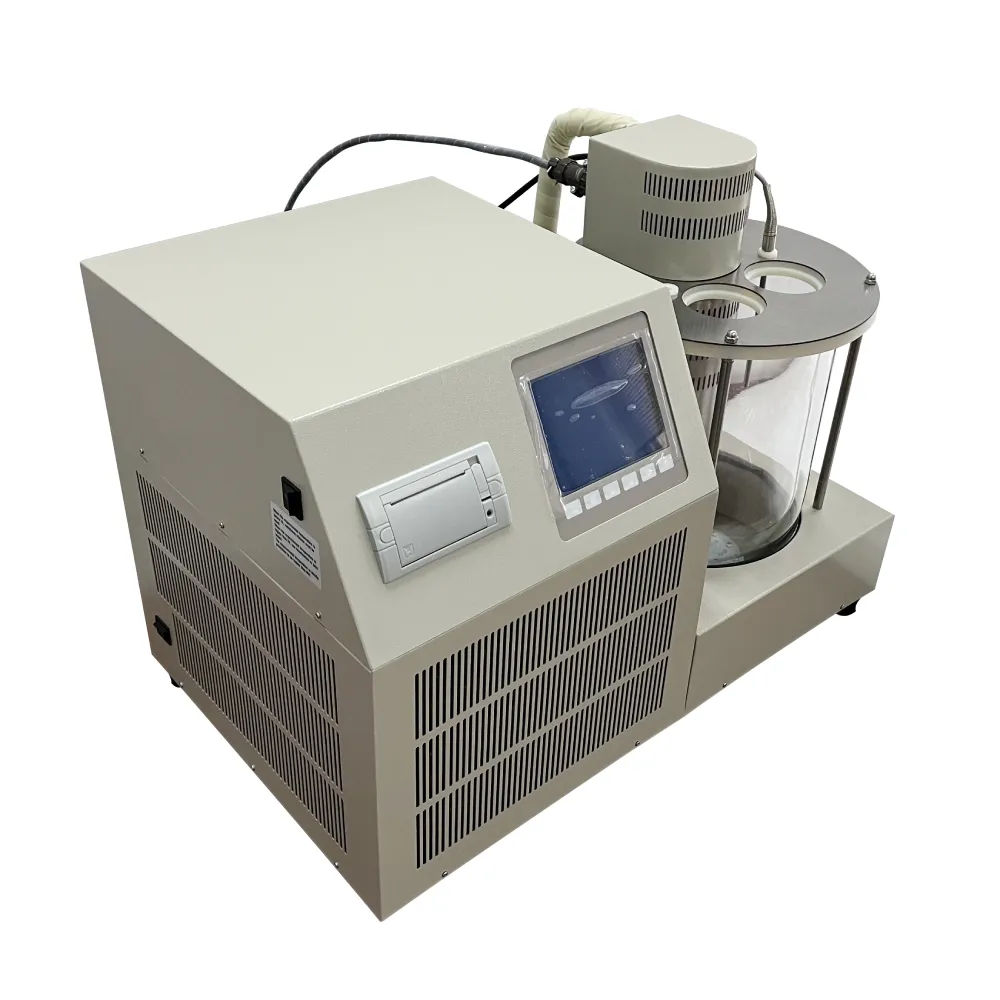 English
English



-
 Afrikaans
Afrikaans -
 Albanian
Albanian -
 Amharic
Amharic -
 Arabic
Arabic -
 Armenian
Armenian -
 Azerbaijani
Azerbaijani -
 Basque
Basque -
 Belarusian
Belarusian -
 Bengali
Bengali -
 Bosnian
Bosnian -
 Bulgarian
Bulgarian -
 Catalan
Catalan -
 Cebuano
Cebuano -
 China
China -
 China (Taiwan)
China (Taiwan) -
 Corsican
Corsican -
 Croatian
Croatian -
 Czech
Czech -
 Danish
Danish -
 Dutch
Dutch -
 English
English -
 Esperanto
Esperanto -
 Estonian
Estonian -
 Finnish
Finnish -
 French
French -
 Frisian
Frisian -
 Galician
Galician -
 Georgian
Georgian -
 German
German -
 Greek
Greek -
 Gujarati
Gujarati -
 Haitian Creole
Haitian Creole -
 hausa
hausa -
 hawaiian
hawaiian -
 Hebrew
Hebrew -
 Hindi
Hindi -
 Miao
Miao -
 Hungarian
Hungarian -
 Icelandic
Icelandic -
 igbo
igbo -
 Indonesian
Indonesian -
 irish
irish -
 Italian
Italian -
 Japanese
Japanese -
 Javanese
Javanese -
 Kannada
Kannada -
 kazakh
kazakh -
 Khmer
Khmer -
 Rwandese
Rwandese -
 Korean
Korean -
 Kurdish
Kurdish -
 Kyrgyz
Kyrgyz -
 Lao
Lao -
 Latin
Latin -
 Latvian
Latvian -
 Lithuanian
Lithuanian -
 Luxembourgish
Luxembourgish -
 Macedonian
Macedonian -
 Malgashi
Malgashi -
 Malay
Malay -
 Malayalam
Malayalam -
 Maltese
Maltese -
 Maori
Maori -
 Marathi
Marathi -
 Mongolian
Mongolian -
 Myanmar
Myanmar -
 Nepali
Nepali -
 Norwegian
Norwegian -
 Norwegian
Norwegian -
 Occitan
Occitan -
 Pashto
Pashto -
 Persian
Persian -
 Polish
Polish -
 Portuguese
Portuguese -
 Punjabi
Punjabi -
 Romanian
Romanian -
 Russian
Russian -
 Samoan
Samoan -
 Scottish Gaelic
Scottish Gaelic -
 Serbian
Serbian -
 Sesotho
Sesotho -
 Shona
Shona -
 Sindhi
Sindhi -
 Sinhala
Sinhala -
 Slovak
Slovak -
 Slovenian
Slovenian -
 Somali
Somali -
 Spanish
Spanish -
 Sundanese
Sundanese -
 Swahili
Swahili -
 Swedish
Swedish -
 Tagalog
Tagalog -
 Tajik
Tajik -
 Tamil
Tamil -
 Tatar
Tatar -
 Telugu
Telugu -
 Thai
Thai -
 Turkish
Turkish -
 Turkmen
Turkmen -
 Ukrainian
Ukrainian -
 Urdu
Urdu -
 Uighur
Uighur -
 Uzbek
Uzbek -
 Vietnamese
Vietnamese -
 Welsh
Welsh -
 Bantu
Bantu -
 Yiddish
Yiddish -
 Yoruba
Yoruba -
 Zulu
Zulu
acidity test for transformer oil
Acidity Test for Transformer Oil
Transformer oil, commonly used in electrical transformers, plays a critical role in insulating and cooling the equipment. As it ages and undergoes various chemical reactions, the oil can develop acidity, which is detrimental to the health of the transformer. The acidity test for transformer oil is a vital diagnostic tool used to assess the condition of the oil and, by extension, the transformer’s operational integrity.
Understanding Acidity in Transformer Oil
Acidity in transformer oil primarily arises from the oxidation of the oil itself. Over time, exposure to moisture, heat, and air can lead to the breakdown of hydrocarbon molecules in the oil, forming acidic compounds such as organic acids. These compounds can corrode the metal components of the transformer and degrade the insulating properties of the oil. Therefore, monitoring the acidity level is crucial in preventing potential failures.
Importance of the Acidity Test
The acidity test serves several important purposes
1. Predictive Maintenance Regular testing of transformer oil helps in predicting failures before they occur. Elevated acidity levels are often an indicator of underlying problems, which can be addressed proactively to avoid costly downtimes and repairs. 2. Quality Control The acidity level provides insights into the oil's oxidative stability. A higher acidity indicates a declining quality of the oil, prompting refiltration or replacement to maintain optimal performance.
3. Performance Monitoring Tracking acidity levels over time allows operators to monitor the health of both the oil and the transformer. Trends can be established, giving a clearer picture of how quickly the oil is degrading and the transformer’s general condition.
Performing the Acidity Test
The acidity test for transformer oil typically involves two main methods the Neutralization Number (NN) method and the Total Acid Number (TAN) method.
acidity test for transformer oil

1. Neutralization Number (NN) Method
- In this method, a known volume of transformer oil is titrated with a sodium hydroxide (NaOH) solution. The amount of NaOH required to neutralize the acids present in the oil is measured. - The result is expressed in milligrams of KOH required to neutralize 1 gram of oil. A higher Neutralization Number indicates a greater amount of acidity.
2. Total Acid Number (TAN) Method
- Similar to the NN method, this technique involves the titration of oil samples, but it focuses on determining the total acidity without necessarily relating it to KOH. - Results from the TAN method provide a broader picture of the oil's condition, allowing for better assessment and comparison.
Interpretation of Results
Typically, an acidity level below 0.1 mg KOH/g is considered acceptable for transformer oils. Levels above this threshold indicate the potential for problems and may require further investigation or corrective actions. Regular monitoring helps establish baseline values, allowing operators to identify rapid changes that could signify issues such as overheating or contamination.
Conclusion
The acidity test for transformer oil is an essential procedure in ensuring the longevity and efficiency of transformers. By keeping track of acidity levels, operators can make informed decisions regarding maintenance and oil replacement, ultimately preserving the integrity of electrical systems. Given the substantial investment in electrical infrastructure, prioritizing transformer oil testing can significantly mitigate risks associated with equipment failures, ensuring a reliable power supply.
In light of the growing demand for electric power, the importance of maintaining high-quality transformer oil cannot be overstated. Regular acidity testing is a critical strategy in achieving operational excellence and enhancing the reliability of electrical transformers in service worldwide.
-
Testing Equipment Industry Sees Major Advancements in 2025: Smart & Precision Technologies Lead the WayNewsJun.06,2025
-
Applications of Direct Current Generators in Renewable Energy SystemsNewsJun.05,2025
-
Hipot Tester Calibration and Accuracy GuidelinesNewsJun.05,2025
-
Digital Circuit Breaker Analyzer Features and BenefitsNewsJun.05,2025
-
Benefits of Real-Time Power Quality Monitoring Devices for Industrial EfficiencyNewsJun.05,2025
-
Earth Fault Loop Testing in High-Rise Building Electrical SystemsNewsJun.05,2025



